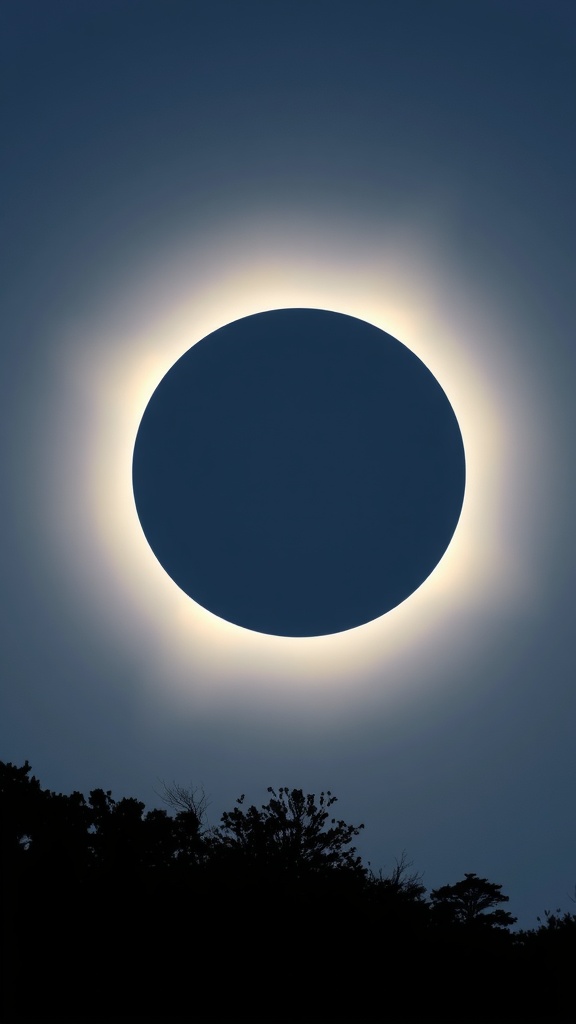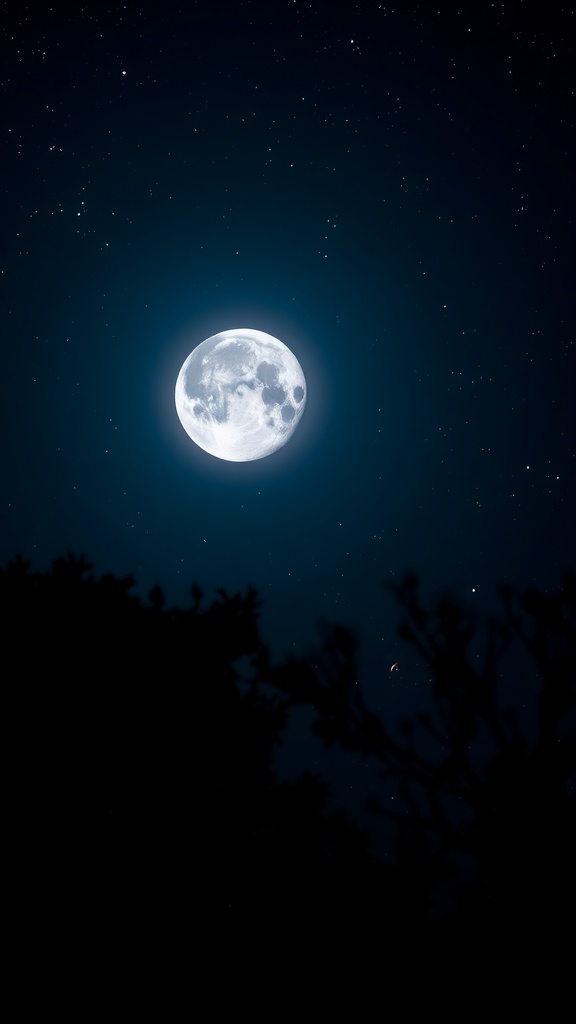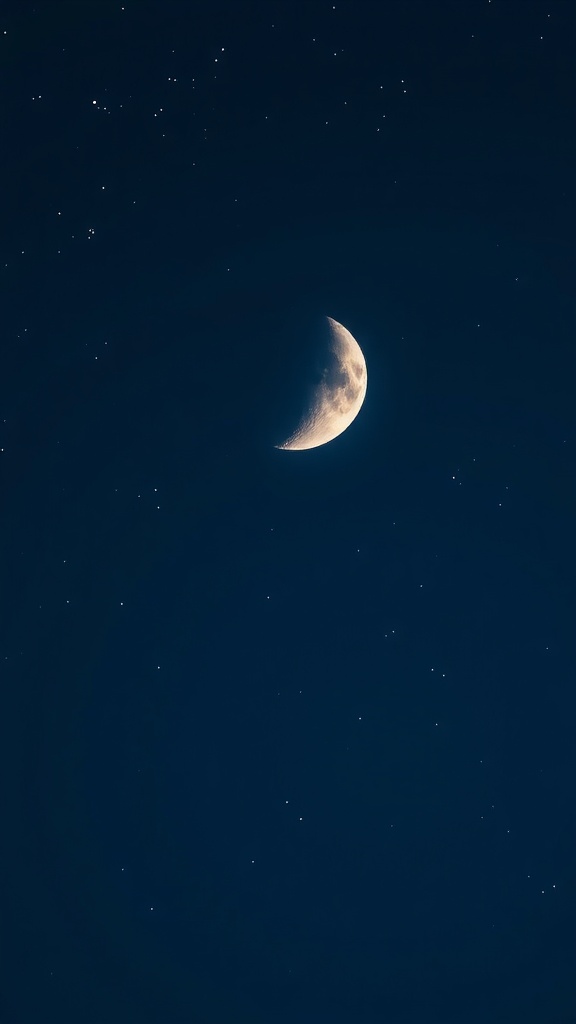If you’re curious about what happens in the night sky during lunar events, you’re in the right place! Eclipses and full moons have fascinated humanity for centuries, sparking myths, traditions, and, of course, stargazing excitement. Join us as we explore these celestial wonders, sharing insights into their science and cultural significance while you prepare to enjoy the spectacle above.
Solar Eclipses (New Moon Eclipses)

Solar eclipses occur when the moon passes between the Earth and the sun, casting a shadow on our planet. This phenomenon results in a beautiful sight, much like the image above, where the sun is partially covered, creating a halo effect. The dark center represents the moon, while the surrounding light showcases the sun’s corona, which can be seen during a total eclipse.
During these celestial events, the momentary darkness can be both eerie and captivating. People often gather in specific locations to experience the eclipse, making it a communal event filled with excitement. Whether you’re a seasoned astronomer or just curious, witnessing a solar eclipse can be a memorable experience.
Planning to observe a solar eclipse? Make sure to use proper eye protection, as looking directly at the sun can cause serious eye damage. Special eclipse glasses or viewers can help you safely enjoy this remarkable event.
Lunar Eclipses (Full Moon Eclipses)

Lunar eclipses are captivating events that occur when the Earth stands between the sun and the moon. During this moment, the Earth casts its shadow on the moon, creating a beautiful sight in the night sky. The image above captures a stunning full moon, shining brightly against a backdrop of stars, reminding us of the beauty of these celestial events.
When a lunar eclipse happens, it can be a mesmerizing experience. The moon may take on a reddish hue during a total lunar eclipse, a phenomenon often referred to as a ‘blood moon.’ This color change happens because the Earth’s atmosphere filters sunlight, allowing only certain wavelengths to reach the moon.
Many people choose to gather outdoors to enjoy a lunar eclipse, making it a fun occasion for friends and families. It’s a great opportunity to kick back, look up at the sky, and appreciate the wonders of our universe. Whether you’re an astronomy enthusiast or just curious about the moon, watching an eclipse can spark a sense of wonder and connection to the cosmos.
If you’re interested in viewing a lunar eclipse, it helps to know the dates and times of upcoming events. Keeping an eye on lunar calendars can ensure you don’t miss out on these fascinating displays. Grab a blanket, some snacks, and get ready for a night of star-gazing and moon-watching!
Key Takeaway:

The image captures a beautiful crescent moon against a dark night sky filled with distant stars. This visual representation serves as a reminder of the lunar events we often look forward to, such as eclipses and full moons. Each phase of the moon has its own charm, and witnessing them can be a delightful experience.
Lunar events, like eclipses, occur when the Earth, moon, and sun align in unique ways. Full moons, on the other hand, bring a sense of completion and are often tied to various cultural celebrations. Observing these phenomena can inspire us to appreciate the rhythms of nature.
Whether you’re an avid stargazer or just someone who enjoys the beauty of the night sky, paying attention to these lunar events can ignite a sense of wonder. Mark your calendar for upcoming eclipses and full moons; you won’t want to miss the chance to see the moon in all its glory!
